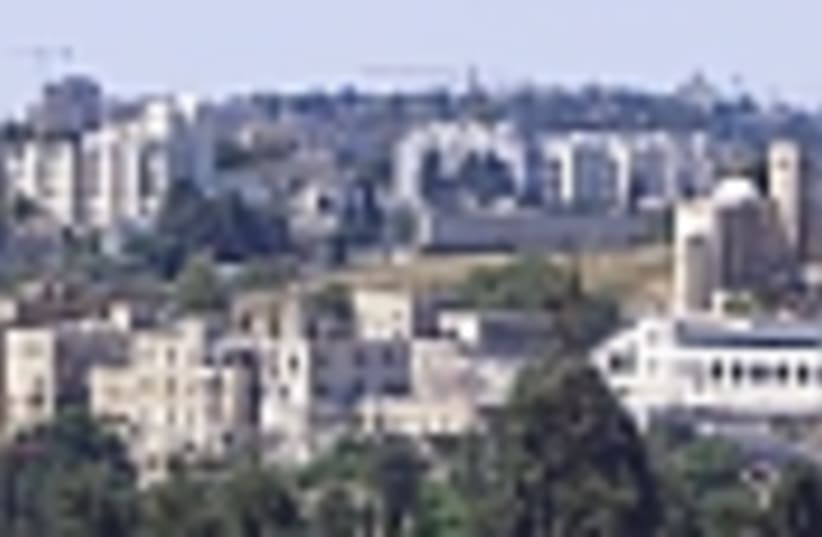| More about: | Joel Teitelbaum, Zionism, Abraham Isaac Kook, Bar-Ilan University |
The writing on the wall
The Satmar Rabbi once said the reason why it's not forbidden to paste broadsides on walls in Jerusalem is because without them the buildings would fall.
